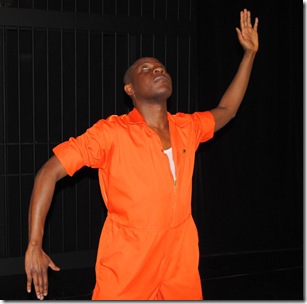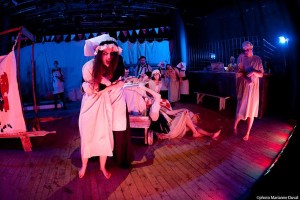Behind the Beautiful Forevers.
Photo. Tristram Kenton/Guardian.
Recent films in Ottawa have shown us radically different perspectives of India and the contrast is astonishing for those of us who do not know the country. The beautiful film The Second Best Exotic Marigold Hotel, the sequel to the film The Best exotic Marigold Hotel shows us upwardly mobile Hindu families, property owners who are working with the British Elderly and Beautiful who join the locals in Jaipur to renovate a hotel in ruins while preparing a sumptuous wedding ceremony that ends in lavish fireworks and Bollywood style dancing A feel good movie that shows Indian upper middle classes from a British perspective where everyone goes home happy.
This new live performance Behind the Beautiful Forevers , brought in by satellite, the first ever National Theatre production with an all British-Asian cast says director Rufus Norris proudly, shows us a very different India and it was a lot less pleasant.
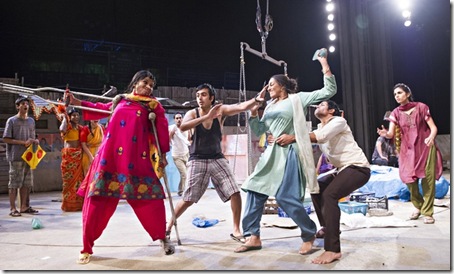
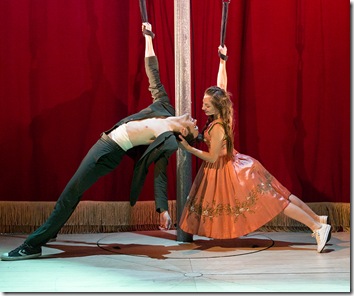


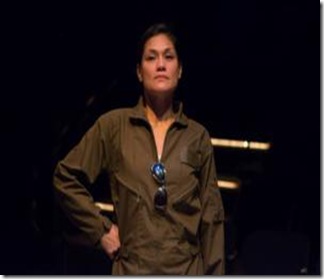
 Tawiah M`Carthey. Photo Barb Gray.
Tawiah M`Carthey. Photo Barb Gray. 